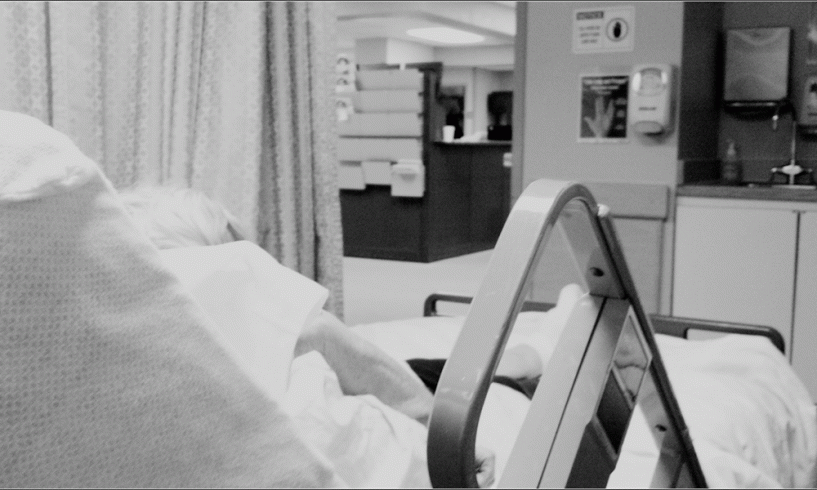The deck frequently seems stacked against oncology nurses who are striving to avoid central line associated bloodstream infections (CLABSIs). Consider the potential for immunosuppression, the need for prolonged central access, and the potential for poor nutritional status among our patient population, and it can seem nearly impossible to be CLABSI-free.
Many local and national initiatives focus on driving out hospital-acquired infections, but oncology care poses individualized challenges specific to our patient population. Oncology nurses must be vigilant in adhering to evidence-based interventions in CLABSI prevention.
For example, insertion bundles provide a sterile environment during central line insertion and strict adherence to maintenance procedures standards are well established in preventing CLASBIs. ONS's Access Device Guidelines: Recommendations for Practice and Education outlines maintenance recommendations with regard to flushing, dressing changes, and other practices. Use of topical antiseptics such as chlorhexidine and chlorhexidine-impregnated patches and dressings are increasingly being used and incorporated into the standard of care.
Oncology nurses face additional, lesser known challenges in striving to prevent infections associated with central lines. Some of these challenges include mucosal barrier injury and when the malignancy involves wide-spread cutaneous tissue.
Mucosal barrier injury can occur from various forms of cytotoxic therapies. This can result in gut translocation, where organisms that are commonly found within gastrointestinal mucosa colonize in other areas, such as central line sites. The U.S. Centers for Disease Control and Prevention (CDC) revised its definition of CLABSI to account for the increasing number of infections that were mucosal barrier related. The CDC now recognizes mucosal barrier injury laboratory-confirmed bloodstream infection (MBI-LCBI) as different from hospital acquired CLABSIs.
ONS PEP Resources Help Prevent Infection
Be sure to visit the ONS's Putting Evidence Into Practice resource page to discover evidence-based practices that can help fight against potential infections in your patients.
If you have a question about how to apply these PEP topics to your practice, ask a nurse on ONS staff at clinical@ons.org.
The CDC identified a list of organisms that are categorized as MBI organisms. These include organisms common to the gastrointestinal floral such as Bacteroides spp., Candida spp., Enterococcus spp., Clostridium spp., Enterococcus spp., Fusobacterium spp., Peptostreptococcus spp., Prevotella spp., Veillonella spp., or Enterobacteriaceae (e.g., E. coli and Klebsiella).
Because the mechanism of infection is different in this subset of BSIs, strategies for preventing and/or minimizing the risk of these infections are likely to be different. Efforts to reduce this category of infections require additional approaches along with current best practice bundles. Collaboration with interdepartmental colleagues can be extremely helpful when caring for patients in whom the malignancy has affected external cutaneous tissue.
In other situations, the dermatologic effects of cancer and antineoplastic treatment may pose additional challenges to maintaining the sterility of central lines. Some treatments create an less than ideal dermal environment such as desquamation with radiotherapy and graft-versus-host disease with bone marrow transplant. Regardless of the cause, the skin provides a barrier against infection, and where there is a breakdown, the risk for an organism to invade the central line increases.
Cutaneous T-cell lymphoma poses a particular challenge as the malignancy disrupts the normal barrier, creating blisters and open sores—leaving procedural sites at increased risk for infection. Interdisciplinary care is paramount to successfully managing these patients, optimizing quality of life, and preserving the central line.
Dermatologists, in addition to hematologist-oncologists, should be equal partners in planning care, together for these patients. Dermatologists are a vital resource for nurses providing skin care in advising on topical ointments and appropriate dressings for the patient.
Nurses caring for patients with dermatologic conditions can support and advocate for their patients by considering the indication for the central line on a daily basis to ensure the line is removed as soon as possible, when it’s no longer needed to carry out the treatment plan, ensuring evidence-based care is incorporated, and by facilitating interdepartmental communication.






